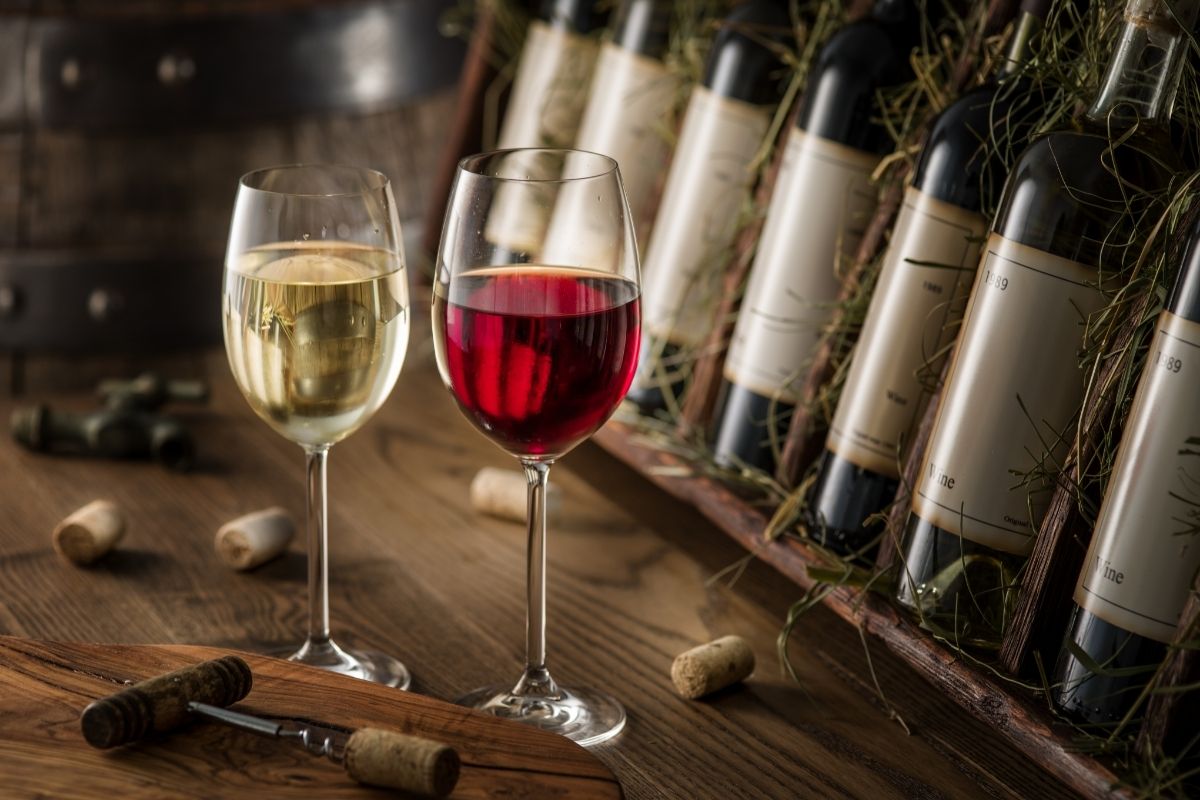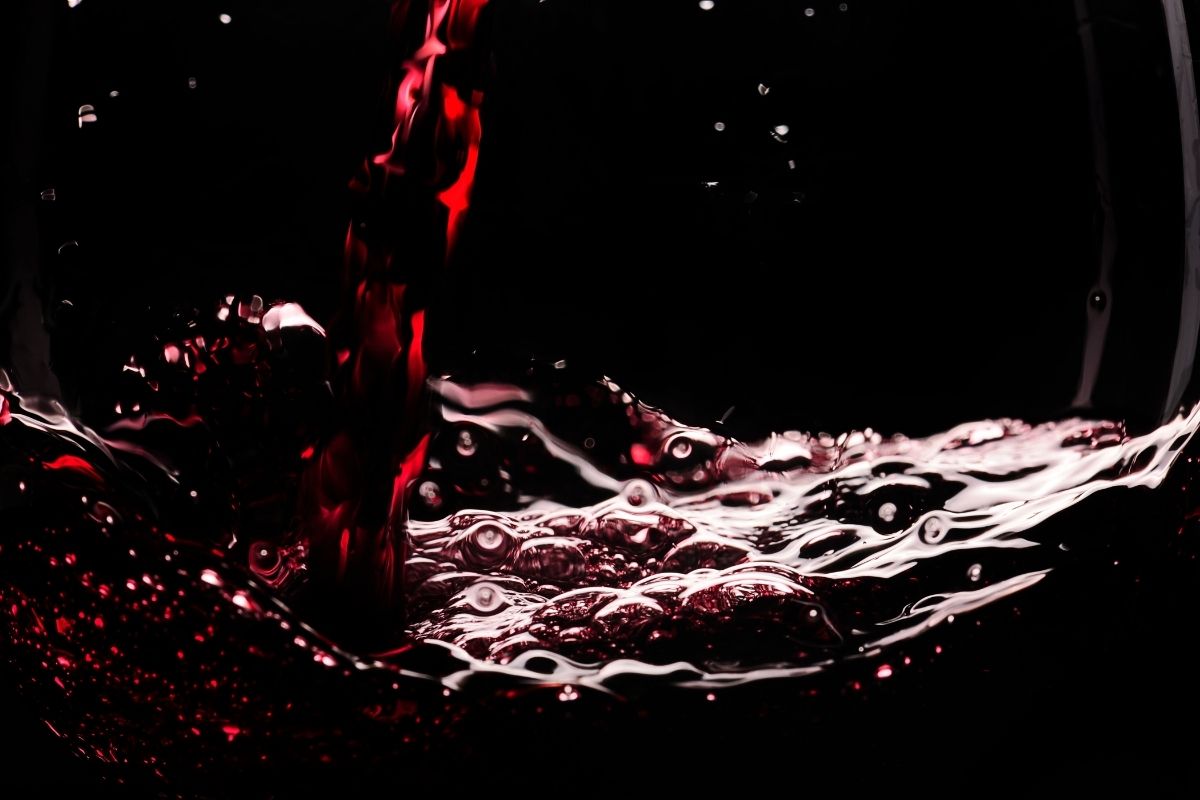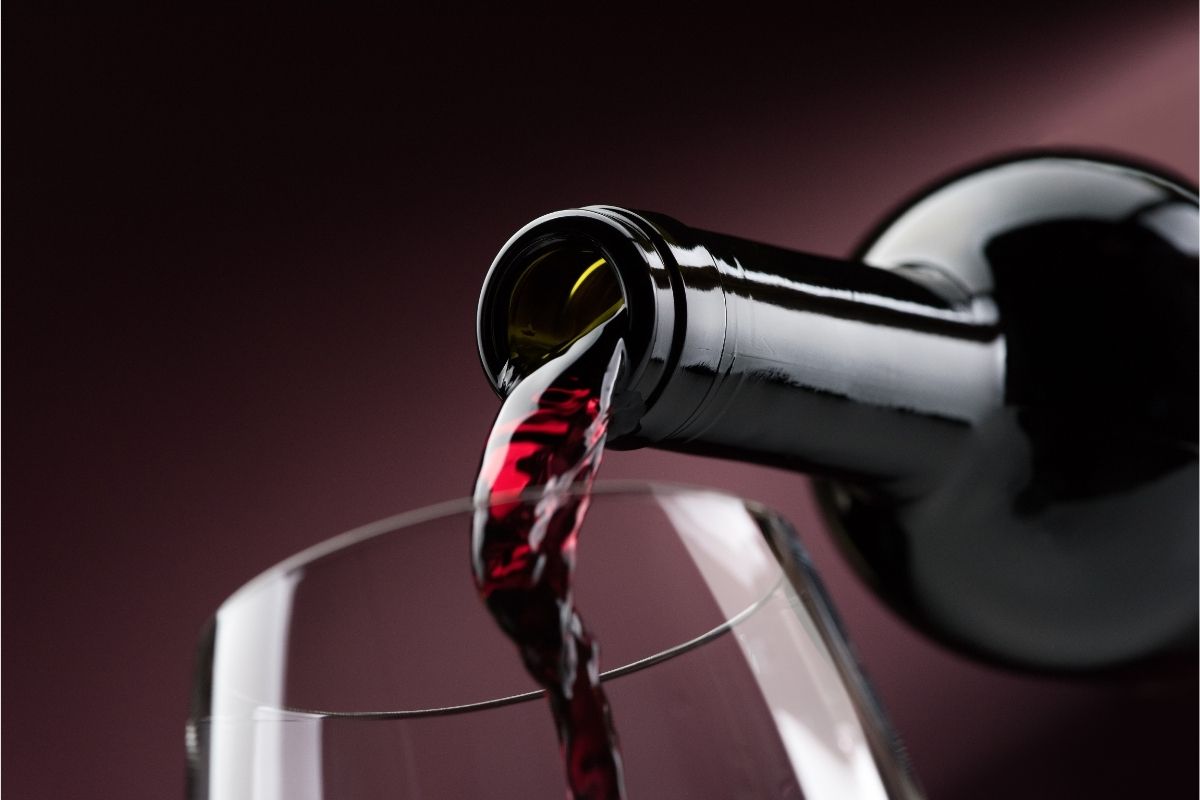What is National Wine Day All About?
To commemorate national wine day, wine enthusiasts worldwide pour a glass of their favorite wine. Wine is an alcoholic beverage made from fermented grapes or other fruits. Yeast absorbs the sugars in the grapes during the fermentation process, turning them into alcohol. To generate more diverse flavors, winemakers will mix different wines.
The fruit variety determines the names they will call wines created from fruit or honey.

When is the National Wine Day?
So, when is national wine day? We don’t usually need an “official” occasion to toast a bottle of wine, but today we do: it’s national wine drinking day, which falls on May 25 every year. The expanding number of wineries in the United States and the explosion of social media alternatives.
This resulted in more inventive methods for individuals of all (legal drinking) ages and beverage preferences to celebrate with wine. So whether you arrange a wine tasting at your home to sample the latest rosés or gather friends for an evening of expertly paired food and wine, the party starts when they pop the cork.
The History of National Wine Day
Wine has also had a significant influence on the economy and the formation of communities. More than any other alcoholic beverage, wine commerce allowed the discovery of diverse cultures and the dissemination of philosophical and theological beliefs. From the time of Noah to the time of Jesus, wine is mentioned repeatedly in the “Bible,” showing its vital importance.
People considered winemaking evidence of a provident economy, as only provident communities could support a thriving wine business. Indeed, people frequently argue that wine was the foundation of western society.
The wine consumed in the past was a distant cousin to the wine consumed now. The Egyptians made the drink from red, pink, green, white, and blue grapes. They also used palm dates, figs, and pomegranates. As a result, the flavor was unlike anything we’d ever tasted before.
Wine made from various fruits is identical to wine made from grapes, except that they add sugar to speed up the fermenting process. The exact date of the first mention of national wine day is unknown, but it was in 2009. It’s a day for wine lovers to come together and toast their favorite fermented fruit juice.
California’s wine country in the Northern Bay Area in Northern California has dominated American wine production and the idea of the exquisite American vineyard since its establishment in 1812 by Spanish missionaries. In 1974, there were just 25 wineries in this part of California. There are now almost 800!
While California continues to lead the United States in wine production, with over 4,000 wineries across the state, wineries may be in every state. For example, the Biltmore Estate in Asheville, North Carolina, receives over one million visitors each year, making it the most visited winery globally.
You may now visit the rolling hills of a lovely vineyard closer to home because of the abundance of wineries. Yes, there’s a good chance one is close by, within driving distance for a pleasant day trip or weekend escape. So, pack your luggage and point your GPS to the nearest winery!
National Wine Day Timeline
4100 B.C
Sophisticated Wine Production in Armenia
In an Armenian cave, archaeologists unearthed evidence of winemaking, including cups and jars for carrying wine, wine presses, fermentation vats, and grape seeds and vines.
6000 B.C
Early Winemaking Signs Discovered in Eurasia
Although previously people thought that the first wines were produced about the fourth century B.C., people have discovered far older wines in what is now Georgia.
1628
America is the Birthplace of Winemaking
New Mexico became the first state in the United States to produce wine.
1964
Sangria Grows in U.S. Popularity
Even though winemakers introduced sangria to the United States in the 1940s, its popularity skyrocketed following the 1964 World’s Fair in New York.

Celebrating National Wine Day
Wine lovers and aficionados can experience different flavors and varieties of wine during wine tasting events. Because wine bottles are attractive, repurposing them for a DIY project or building a rack from scratch to showcase them are also popular national wine day traditions.
After all, wine has its advantages. For example, moderate wine users are less likely to develop liver disease, type 2 diabetes, some malignancies, heart attacks, and strokes. It can also lower bad cholesterol (LDL) while raising good cholesterol (HDL).
There are other advantages to drinking wine. When served with the correct food, it accentuates the flavors of spices, fruits, and sauces. A glass of wine can help us unwind. We can also keep our minds sharp by learning about wine. Because the crops, places, and process of creating wine are so intricate, those who delve into it often find themselves traveling to learn more.
How to Celebrate National Wine Day
- Attend a wine tasting or organize one yourself.
- Attempt a new wine.
- Give a pal a bottle of wine.
- Pay a visit to a vineyard.
- Raise a glass of your favorite wine and tell us which one it is in the comments.
- Always drink sensibly and experiment with different wines.
Fun Facts About Wine
- Grapes are the most widely grown fruit on the planet.
- A ton of grapes may make seven hundred and twenty bottles of wine.
- People used to drink wine instead of water to quench their thirst ages ago. During that time, water wasn’t always pure, and natural fermentation, which occurs when they make wine, might kill typhi (salmonella) and cholera-causing organisms.
- Oenophobia is a term for a “fear of wine” that some people have.
- Women were not permitted to drink alcohol in early Roman times. If caught drinking wine, husbands could kill their wives.
- Wine has a more substantial influence on women than it does on men. It’s partly due to biology, as women’s stomach lining contains fewer enzymes needed to break down alcohol.
- The banquet host would take the first drink of wine to ensure that the wine supplied to guests was safe in ancient Greece. The phrase “drinking to one’s health” came from this act of civility.
- There are around 10,000 different types of wine grapes in the world.
- To release the scents of the wine, wine tasters “swirl” it in their glass. They also don’t fill the glass more than a third full to allow the scents to settle in.
- A good glass of wine has a long, lingering aftertaste.
- It is okay to spit out wine at a wine tasting event. It is okay to take a sip of wine and keep it in your mouth for a few seconds before deciding whether to swallow or spit it out during such parties. It also allows guests to sample a wide range of wines without becoming inebriated.
- The “Nebuchadnezzar” is a giant bottle of wine. It’s roughly 15 liters (507.1 liquid ounces) or 20 regular-sized bottles.
- France, Spain, and Italy are the top three wine-producing countries globally. The United States (California) is ranked fourth, with China in fifth place.
- While China is merely the world’s fifth-biggest wine producer, it is the world’s largest consumer of red wine. It’s not just because of the flavor; the wine’s red hue is considered lucky in Chinese culture, and the government prefers it.
- Bottles with cork caps are stored lying down to keep the cork from deteriorating and drying out and prevent it from falling into the wine. The liquid contacting the cork also stops air from entering the bottle.
- When wine comes into contact with air, it soon becomes spoiled.
- Wines are more complex than blood serums because they include many chemical components.
- Critter wine refers to bottles having animal symbols on the label.
- You can make wine barrels from 400 different oak species that are available.
- To get the same amount of antioxidants as wine, you’d have to consume seven glasses of orange juice or 20 glasses of apple juice.
- In terms of meal pairings, heavier foods match well with heavier wines. For example, white wine is typically served with poultry or fish, while you can offer red wine with red meat. However, when it comes to combining wine with dessert, sweet wine is the way to go.
- When you cold wine, it loses its sweetness. On the other hand, red wine loses its delicious flavor when it becomes too heated.
- If you pour grape juice into a capped container and keep it heated, it will taste like wine, but it will not be a tasty drink.
- Drinking red wine is linked to various health benefits, including cancer prevention and longevity promotion, as long as you consume it in moderation.
5 Interesting Facts About Wine Bottles
Size
Wine bottles come in various sizes, many of which have names from biblical monarchs or other historical individuals.
Who is the King?
The largest wine bottle size, termed “Melchizedek” or “Midas,” holds 200 glasses of wine and measures 30 liters.
Sealed with a Cork
You can use natural cork to seal over 70% of wine bottles, with most of this cork coming from Portugal.
Judging a bottle by its cover
Currently, there are approximately 60,000 wine labels on the market.
Lots of Grapes
On average, each bottle of wine contains 600 grapes.

Happy National Wine Day!
All National Wine Day traditions revolve around drinking and celebrating with wine! Friends and family join together to open bottles of wine they’ve been saving for a special occasion. Spending a lot of money on wine is now the norm, so go ahead and get that costly bottle you’ve always wanted.

Community of passionate writers and content creators who share a love for Italian heritage, culture, travel, food, and the Italian-American community. Our mission is to celebrate Italy’s rich history and traditions and connect with others who share the same passion.

